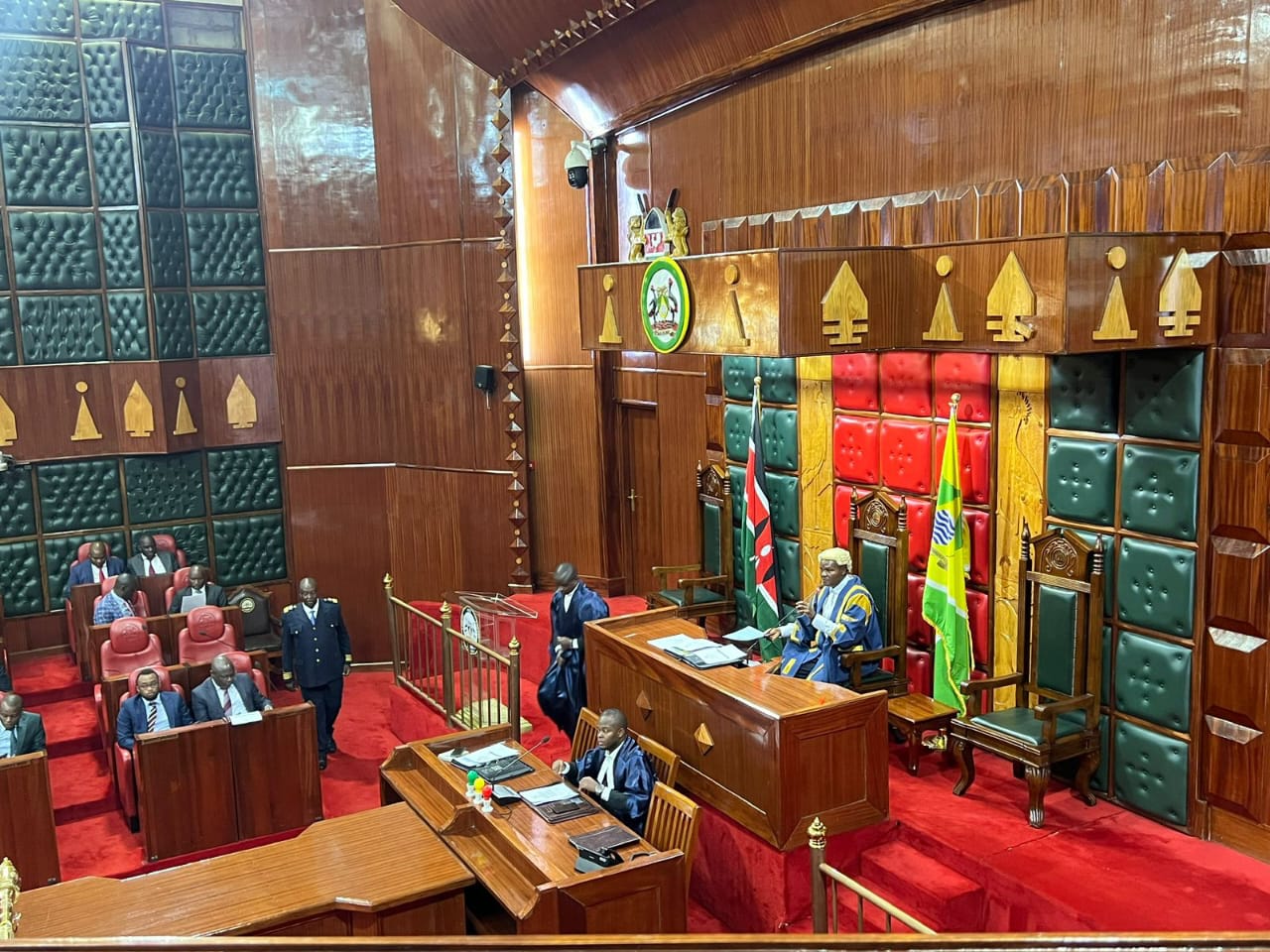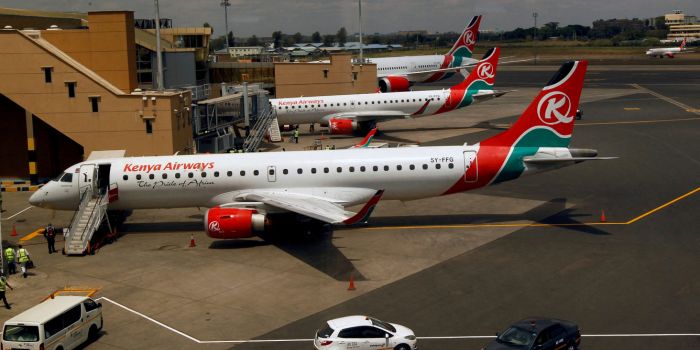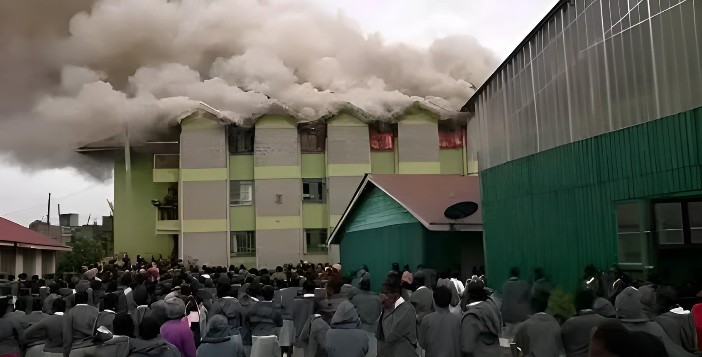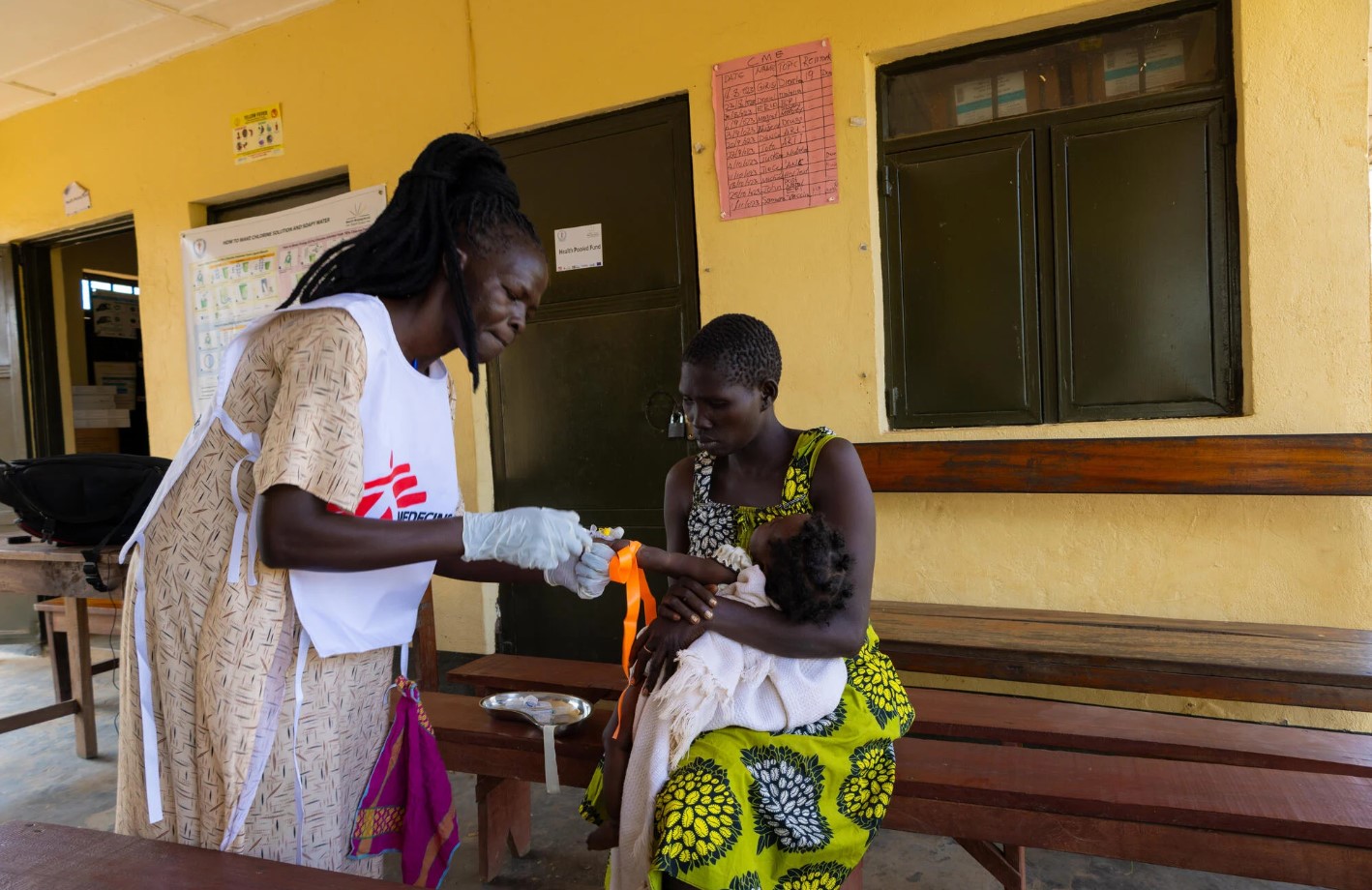Garissa farmers count losses as recurring floods wipe out solar-powered farming dreams
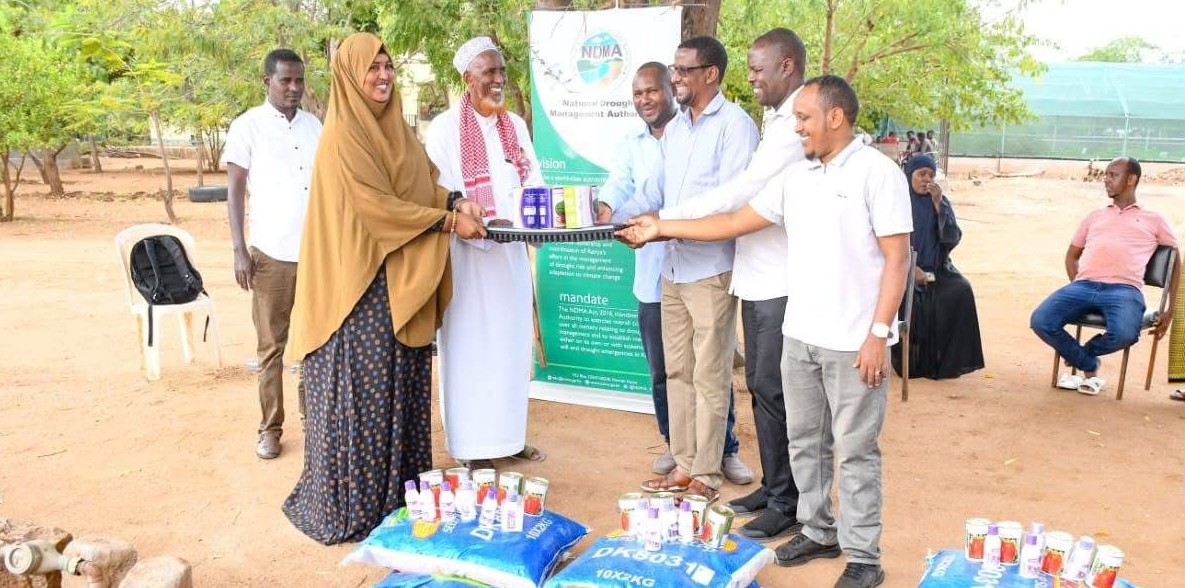
Their dreams of transforming agriculture through solar-powered water pumps have been shattered by ongoing anxiety and uncertainty caused by recurring river floods that continue to devastate food production in Garissa County.
Hundreds of farmers in Garissa County have been forced to abandon their farms due to recurring floods.
Their dreams of transforming agriculture through solar-powered water pumps have been shattered by the floods that devastate food production in the county annually.
More To Read
- Agriculture CS Kagwe pushes for leasing of idle public land to curb reliance on food imports
- Garissa elders petition assembly to rename streets after eminent local leaders, cultural icons
- Climate change has doubled the world’s heatwaves: how Africa is affected
- KNH invests Sh7.6 million in solar energy to lower electricity bills
- Garissa County Commissioner Mohamed Mwabudzo warns youth against Libya-based human trafficking syndicate
- African women key to fighting climate change – these are the green skills they will need
However, Abdirizack Omar, the chairperson of Al Falah Farm, alongside fellow farmers, has identified four critical flood-prone areas - referred to as breaking points - where they urgently seek support to implement effective flood mitigation measures.
During the April-May long rains, the farmers were not spared by flash floods that destroyed a section of the farm and rendered the access road to their farm impassable.
"See, we have an abundance of arable land and free water, using a solar-powered pump that can help us use sunlight to water our farms at zero cost after we shifted from the costly diesel-powered water pumps. We can feed the entire nation with low-cost farm produce, but we are frequently facing a single threat of the river floods," said Abdirizack.
Abdirizack said farmers are struggling with crop loss and infrastructure damage as they try to rebuild their livelihoods.
"We are unable to plant crops due to fear of the floods that continue to wreak havoc every rainy season. The recent years' long rains did not spare us after the water levels increased, resulting in floods, but had less impact than before. We lost several acres of watermelons, resulting in losses worth Sh3 million," he recounted.
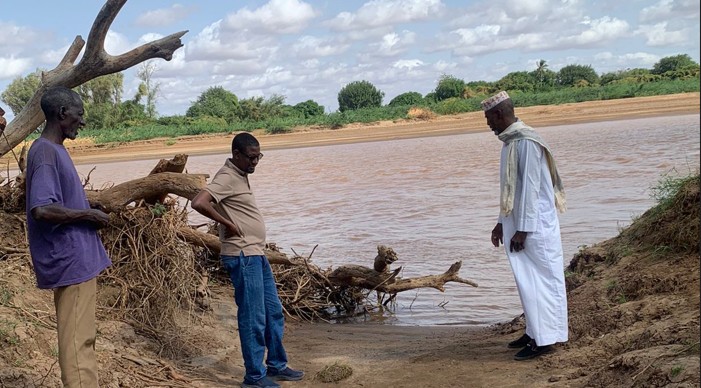 Garissa farmers inspect a flood-prone section of the riverbank in Bakuyu, where they are calling for support to build barriers to prevent overflow and protect their farms. (Photo: Issa Hussein)
Garissa farmers inspect a flood-prone section of the riverbank in Bakuyu, where they are calling for support to build barriers to prevent overflow and protect their farms. (Photo: Issa Hussein)
He added, "Similar to other farms in Garissa, we equally lost significant portions of our farm to the river, our banana plantations, citrus trees, mango trees, as well as vital equipment like water pumps. The main road to the farm is still impassable due to the recent floods."
Together with Garissa Farmers Network officials, he said they have surveyed the riverbank in the Bakuyu area, 2km from Garissa town, to identify the major breaking points that require a flood barrier as a mitigating strategy.
The secretary-general of the network, Ebla Hassan, is also starting afresh. She is planting bananas in a land ravaged by floods, which resulted in losses to the tune of Sh5 million.
"I can share with you drone images of how my farm used to be. Every week, I received Sh50,000 from my farm produce. Now, after contemplating for a long time whether to avoid planting until a lasting solution to the recurring floods was in place or to continue planting rather than sitting idly at home, I have decided to plant afresh, hoping that a solution will come," said Ebla.
Ebla went on to appeal for support, saying the construction of the dam to hold back floodwaters and manage the riverbank overflow at Bakuyu's four points was critical for the region's food security.
"We have identified these four points being our predicament; we need the support of the government and non-governmental organisations to come and rescue us from this endless nightmare and catastrophe," she said, adding, "This excessive drainage and accumulation of excess water in vulnerable areas need to be prevented. We need resources, we need expert engineers who can save the livelihoods of thousands of farmers."
She managed to acquire a solar-powered water pump that helped her irrigate her farm at zero cost through support from the Locust Emergency Response Programme funded by the World Bank.
However, Ebla observed that many farmers in Garissa County were yet to rebuild their destroyed livelihoods, resulting in food insecurity.
"We have plenty of water from the river, enough sunlight to power my solar pump and plenty of land. I had a dream to supply low-cost farm products beyond Garissa town and the refugee camps, but the floods kept on shattering my hope and dreams," she said.
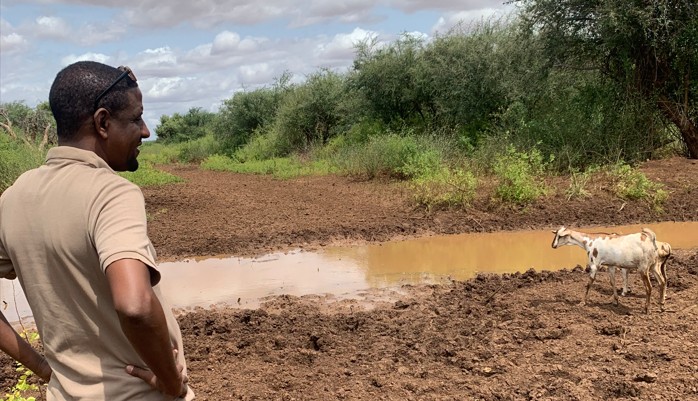 Al Falah farm access road, which was washed away by floods during the March–May long rains. (Photo: Issa Hussein)
Al Falah farm access road, which was washed away by floods during the March–May long rains. (Photo: Issa Hussein)
Osman Mahat, the treasurer of Nasib Farm, also called for the need to put in place structures that will avert the water runoff at the Bakuyu area, stressing that he switched to vegetable farming after losing his banana plantation and fruit trees to successive floods.
Unlike, Al Falah farm, which was supported through a strategic collaboration between the National Drought Management Authority( NDMA), the United Nations Development Programme (UNDP), and the Garissa County government to cultivate more than 624 acres of land and the installation of solar-powered plant, Osman, said they use diesel-powered water pump which affects their production due to the rising costs of fuel.
"Every week I spend Sh16,000 to water my vegetables, I wish I had a solar-powered water pump, and a solution was also available for the recurring floods; life would have been enjoyable," said Osman.
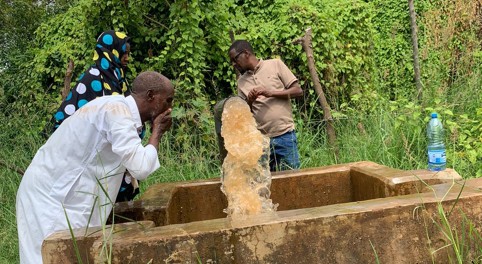 The river water at Al Falah farm is pumped using solar-powered pumps. (Photo: Issa Hussein)
The river water at Al Falah farm is pumped using solar-powered pumps. (Photo: Issa Hussein)
According to Garissa County Drought Resilience and Disaster Risk Reduction officer, Abdinoor Dubow, the county's support of Al Falah farm, in collaboration with the UNDP, to transition to solar energy, marked a significant shift, away from traditional diesel-powered irrigation systems, thereby reducing operational costs, lowering carbon emissions, and ensuring sustainability.
Abdinoor explained that the project encompassed the installation of 850 meters of irrigation pipeline, bush clearing, land levelling, the construction of a pump house and canal house, reclaiming and preparing 72 acres of previously cultivated land, developing an access road, and providing certified seeds, among others.
"The project integrates a strong capacity-building component targeting 84 farm members and over 500 indirect beneficiaries. It was aimed to support youth empowerment, increase food production, and improve community resilience to food insecurity and climate variability, among other expected impacts," said Abdinoor.
He, however, regretted how the recurrent floods were continuing to pose a threat to the farmers' ambitions.
"The road we have developed is now destroyed, farmers cannot access or transport products, and the need to find a lasting solution to mitigate floods is necessary," he added.
Top Stories Today


